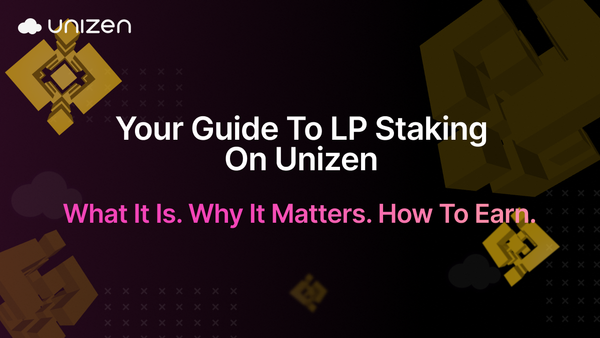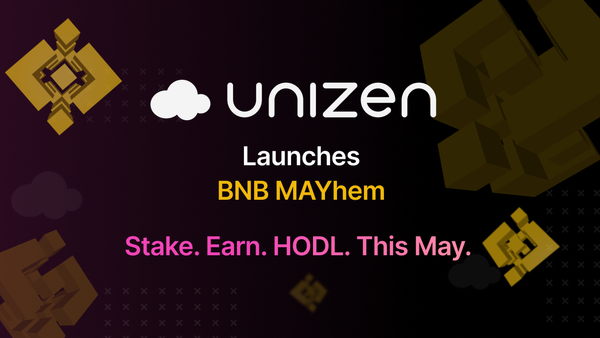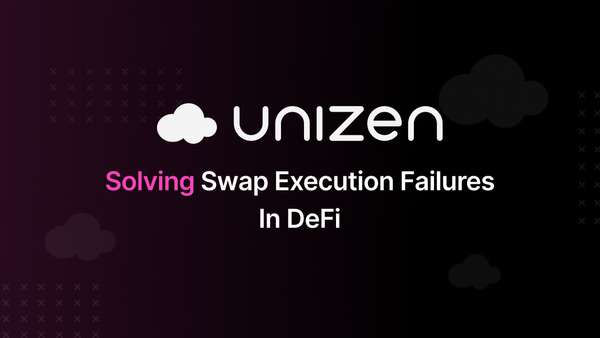What Is an EVM Wallet?
Curious about the answer to what is an EVM wallet? Learn about the Ethereum virtual machine wallet and how it connects to the Ethereum blockchain.
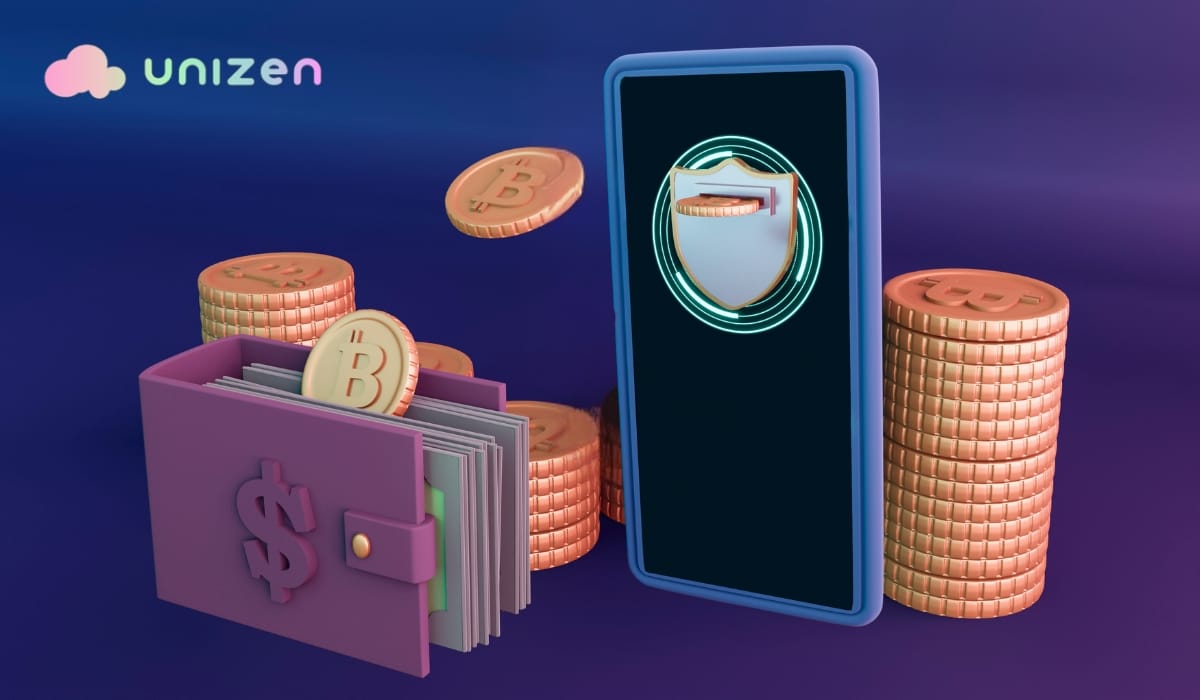
EVM is the application platform for Ethereum-based smart contracts that enables anyone to deploy an application on the ETH blockchain for distribution. Often, people wonder what makes the Ethereum wallet different from all the other existing wallets. Hence, the question goes: What is an EVM wallet? It refers to a crypto wallet that serves as a bridge and can be used to store, send, or receive Ether or tokens. These tokens are ERC-20 compatible, meaning they can work on the Ethereum Virtual Machine and are technically EVM wallets. This is because Ethereum-based transactions and Smart Contracts are executed purely on EVM.
Any digital wallet supporting ETH and ERC-20/721 tokens can be considered an EVM wallet, identified by its unique EVM wallet address. Some of the most popular EVM wallet preferences are MetaMask, Trust Wallet, Coinbase, or MyEtherWallet. Other platforms like Unizen.io go further, providing clients with digital assets and DeFi products and synchronizing with EVM wallets. These enable users to manage ETH balances and interact with decentralized applications right from the wallet interface, enhancing their experience in the blockchain space. As straightforward as that might sound, an EVM wallet provides you with a key to contribute to the Ethereum economy and unlock all the possibilities of a world's computer.
Key Features of EVM Wallets
Some features set the EVM wallet apart from the myriad of crypto wallets. Here are its key features:
1. Private and Public Keys
EVM wallets incorporate robust encryption plus a private key during creation. This private key is encrypted and stored within the wallet, only accessible by the user's password or passphrase. It is never shared with anyone else. This is the same as the Identity Key but is generated using elliptic curve cryptography, resulting in a Unique Public Key. The public key can be distributed since it helps the nodes of the blockchain to validate the transactions that are signed with the help of the private key without disclosing such a key, which is crucial for how the EVM works. Together, the key pair enables authentication and digital signing of transactions without relying on central authorities, providing the backbone for security in EVM-compatible networks.
2. Smart Contract Interaction
By far one of the most powerful features, EVM wallets allow users to seamlessly interface with decentralized applications running as smart contracts on Ethereum, showcasing various functions of the EVM. EVM supports smart contracts on the Ethereum network. Through its interface, a user can access public smart contracts on different chains by their address and read the contract's application binary interface (ABI). This is to understand functions and events and then interact with them by calling functions with parameters after constructing and signing transactions with their private key. This facilitates diverse use cases, from compiling to decentralized applications to deploying token issuances in the blockchain space.
3. Transaction Management
A core responsibility of EVM wallets is initiating and broadcasting transactions to the Ethereum network on a user's behalf. This includes standard transactions for sending and receiving ether and more complex transactions to interact with smart contracts. Advanced transaction monitoring and history allow users to trace funds, link transactions to smart contract events, and ensure the integrity of balances. Users can organize different accounts and wallets under the same application for improved organization and control over digital assets.
4. Compatibility
Given Ethereum's expansive ecosystem, EVM wallets maintain compatibility with other networks that adopt the Ethereum Virtual Machine, like Binance Smart Chain, Avalanche, and Polygon. Platforms like Unizen.io leverage this multi-chain compatibility to provide seamless access to DeFi applications and assets across multiple blockchain networks. As long as these chains are EVM-compatible, users can seamlessly access decentralized applications across numerous concurrent blockchains, gaining unified exposure to an integrated economy undergoing active development.
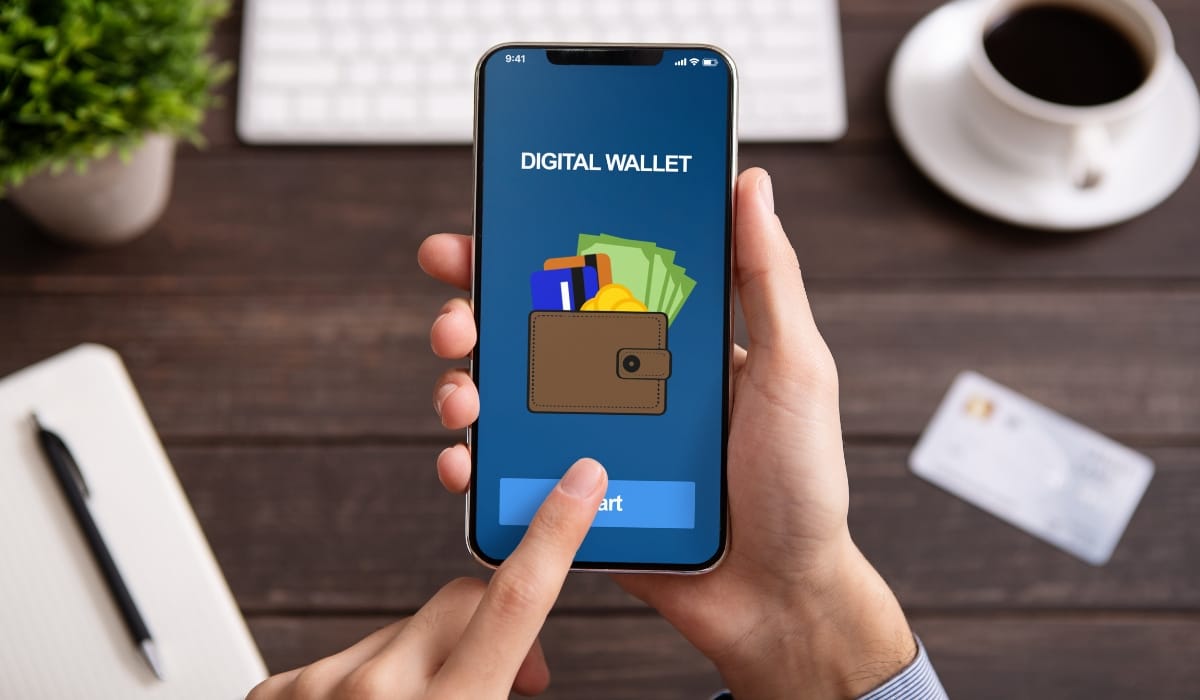
Types of EVM Wallets
When it comes to securely storing cryptocurrencies, EVM wallets come in various forms to suit different needs. The choice depends on factors like convenience, control, accessibility, and the required protection level of crypto assets.
1. Software Wallets
Browser extensions like EVM wallet MetaMask are one of the most user-friendly software wallets. Installed directly on browsers like Chrome, they allow users to visit decentralized apps and interact with blockchain functions from any website. Meanwhile, mobile apps such as Trust Wallet provide EVM wallet services on smartphones in a lightweight yet fully functional manner. Though easy to set up, software wallets depend more on online connectivity and passwords, increasing third-party risks if compromised.
2. Hardware Wallets
For those seeking military-grade security, hardware wallets like Ledger and Trezor provide an offline, "cold storage" option. Private keys are contained inside a physical device and never interact with any internet-connected machine. Transactions must be manually confirmed on an embedded screen or using external buttons, creating an extra physical layer demanding approval before executing smart contracts. However, they are more involved in use than software alternatives.
3. Paper Wallets
Consisting of public and private keys printed on paper, paper wallets offer a basic but secure way to freeze funds long-term without reliance on technology. As long as the paper isn't lost or compromised, funds will remain under user control. However, they lack flexibility since private keys must be manually transferred to a standard wallet to activate crypto assets once more.
Benefits of Using EVM Wallets
When exploring the vast opportunities within decentralized finance and blockchain applications, EVM wallets offer users unparalleled advantages across usability, control, and participation.
1. Versatility
EVM wallets allow users to seamlessly interact with thousands of ERC-20 tokens covering diverse use cases, from utility tokens powering decentralized applications to stablecoins pegged to real-world assets. With the same wallet, one can explore a constantly innovating universe used by DApps to bridge decentralized exchanges, lending platforms, gaming, and social experiences without barriers. This breadth of choice massively expands the opportunities available to investors and participants in the Ethereum economy. It also includes help for developers in deploying their smart contracts.
2. User Control
By generating cryptographically secure random private keys securely stored on the user's devices, EVM wallets give full autonomy over digital assets and transactions. Private keys are encrypted with passwords only known to the user so that even if an exchange or third-party service goes rogue, only the user can authorize movements of funds linked to addresses derived from those keys. This guarantees the highest levels of ownership protection without reliance on intermediaries.
3. Defi Access
Interfaces allow EVM wallet users to leverage advanced DeFi protocols like Aave and Compound and explore innovative DeFi solutions on platforms like Unizen.io. This bridges traditional and decentralized finance, providing a range of options to optimize their assets. Options range from long-term lending to opportunities lasting mere minutes. EVM wallets also grant access to services that offer liquidity incentives, enabling participation in decentralized exchanges, funding project initiatives, and more.
4. Interoperability
Holding and transferring value across EVM-compatible networks like Polygon, BSC, and others becomes seamless, creating a cohesive economic marketplace. Users benefit from extra utility choices, with applications to choose the fastest and cheapest chain depending on demand. Their single set of keys maintains control over unified digital identities and portfolios spanning an entire converging blockchain metaverse, serving as a unique identifier in the web3 ecosystem.
Security Considerations
While EVM wallets provide immense benefits, it is crucial users understand associated risks to maximize rewards within decentralized finance securely.
1. Private Key Management
EVM wallet users must understand private keys provide sole access to funds, yet weak protections make them vulnerable targets in the Ethereum ecosystem. Strong passwords are the last line of defense - the primary requirement is exclusively holding private keys on non-internet connected ("cold") devices. Paper or metal backups secured from environmental/human threats with encryption and secret sharing deliver the highest assurance against unauthorized access despite loss/damage. Regularly validating addresses generated from restoration prevents failures.
2. Phishing Risks
Sophisticated phishing attacks closely mimic real websites and communications through exploited browser extensions. Verifying source addresses and maintaining updated software helps thwart Trojan attempts. Transactions should always be double-checked on a trusted device before signing to prevent man-in-the-middle scams from overriding fees or destinations, especially when dealing with an EVM wallet in decentralized finance. Bookmarking directly accessed authentic sources avoids phishing domain impersonations.
3. Malware Risks
Browsing untrusted sites or downloading unofficial applications presents malware infection dangers like keyloggers and remote access trojans targeting authentication details. Using dedicated security-focused browsers with blockers and sandboxing provides enforced isolation. Multi-factor authentication on interchangeable secondary devices strengthens safeguarding beyond passwords.
4. Hardware Wallet Integration
For seven-figure holdings, hardware wallets stored offline eliminate risks of remote hacking. They authorize transactions via secure microcontrollers, never exposing keys to networked computers. Software wallets maintain accessibility by interfacing hardware units, enhancing the two-factor protection of digital assets. Regular firmware updates patch vulnerabilities to keep integrated defenses cutting-edge.
Role in the DeFi Ecosystem
EVM wallets are the critical gateway enabling widespread participation in the booming decentralized finance sector.
1. Facilitating DeFi Services
EVM wallets allow interconnection between users, applications, and protocols, fueling composability within DeFi. Through their interfaces, users can seamlessly discover and utilize the vast array of lending/borrowing platforms, automated market makers, yield optimizers, insurance protocols, and more. This grants access to building decentralized credit markets, hedging investments, monetizing idle assets, and engaging in sophisticated strategies not possible in traditional finance.
2. Borderless Transactions
EVM wallets facilitate censorship-resistant transactions without intermediaries by enabling trustless interactions hardcoded as smart contracts. Signing and broadcasting transactions results in globally perceptible transfers or execution of contract functions. This decentralized nature lets individuals seamlessly convert tokens, provide liquidity, take out flash loans, and leverage borderless banking freedoms from anywhere in the world through a single account.
3. Yield Farming
By providing initial liquidity to automated pools, EVM wallet users can tap high early rewards that subsidize the growth of innovative DeFi projects. They benefit from temporary incentives to supply capital to new DEXes and money markets, which are integral to the EVM blockchain ecosystem. This interchange between users and startups fuels an explosion of applications and experimentation, driving the entire DeFi metaverse forward in the process through composability and network effects.
4. DEX Trading
Individuals gain unfettered access to global crypto markets through EVM wallet-connected non-custodial exchanges. By integrating interfaces directly, users can trade thousands of token pairs at any time and scale involvement by supplying liquidity pairs with transaction fee kickbacks. This disintermediates trading and allows retail investors to capitalize on short-term arbitrage opportunities seamlessly.

How to Set Up an EVM Wallet
Setting up an EVM wallet may seem daunting, but with proper guidance, it is straightforward.
1. Choose a Wallet Type
Consider your needs for security, control, functionality, and budget. Software options include browser extensions like MetaMask (easy setup but less secure than hardware) or mobile apps like Trust Wallet (convenience but private keys stored on the device). Hardware wallets like Ledger/Trezor provide the highest security with offline private key signing.
2. Install Software Wallets
For browser extensions, ensure you download from the official source. Verify signatures and read reviews. Mobile apps must come from the Apple/Google Play stores to prevent tampering. Enable all security options like PIN/biometric login and backup recovery phrases.
3. Set Up Hardware Wallets
Unbox, charge, and follow manufacturer setup instructions to interface the physical device. Download companion apps only from verified developer websites. Ensure the wallet firmware and app software are fully up-to-date to patch any vulnerabilities.
4. Generate Recovery Seed
Write down the randomly assigned 12/24-word BIP39 mnemonic phrase on paper during account creation. Consider security measures like interleaving words or storing copies in multiple secure physical locations for redundancy against loss, especially when using new wallet options. Do not store digitally.
5. Configure Advanced Security
For both software and hardware wallets, enable unique solid passwords and 2FA/U2F authentication to enhance security in line with EVM provides. Avoid saving software private keys on internet-connected devices where possible. Hardware wallets process transactions offline for utmost protection.
6. Regularly Back Up EVM Wallet Address
Make additional copies of recovery phrases and store them securely offline. Check that private keys/mnemonics remain intact and restorable to ensure access to the EVM wallet address. Update wallet software/firmware as new versions become available to ensure compatibility with the latest EVM blockchains.
Challenges and Limitations
While EVM wallets provide tremendous access to the decentralized economy, specific challenges remain:
1. Usability Complexities
The learning curve to independently manage cryptographic keys, interact with smart contracts, and maintain security is steep for novice users unfamiliar with blockchain technology. Fully decentralized models lack the handholding of traditional finance. Fee estimation and transaction failures also introduce complexities.
2. User Responsibilities
Complete control necessitates secure private key storage, avoiding malware, keeping software updated, utilizing backups/security best practices, and exercising caution against phishing/scams. Even experienced users can fall victim to social engineering attacks without vigilance. Additional precautions like multi-sig, whitelisting, and fingerprint authentication may overwhelm less technical users.
3. Technical Limitations
As open-source software, DeFi applications may contain undiscovered bugs and vulnerabilities that evolve. Edge cases could cause temporary failures like transaction hangs, interface issues, or losses due to smart contract defects. Network congestion also sometimes leads to failed transactions needing resubmission. Hardware wallet technical issues can lock funds until rectified by manufacturers. Centralization points within infrastructure also emerge.
Mitigations and improvements like social recovery, dedicated software teams, and community auditing help address challenges. However, complete decentralization inevitably comes with responsibilities and potential risks that require patience and expertise and may discourage casual adoption until the technology matures further. Continued investment seeks solutions balancing security, usability, and resilience.
Conclusion
EVM wallets play a pivotal role in enabling blockchain-based financial applications and represent the gateway to an evolving decentralized economy. What is an EVM wallet? EVM wallet is a digital wallet that allows individuals to securely manage digital assets and interact seamlessly with Ethereum Virtual Machine-compatible intelligent contracts. EVM wallets provide the essential interface empowering users to leverage transformative innovations within open financial networks. Their significance extends beyond convenience - by fostering widespread participation regardless of background, EVM wallets further the core of decentralization and help realize a more equitable, transparent financial system.
Looking ahead, the future remains bright as wallet security and usability continue advancing, particularly with the evolution of EVM wallet types. Developments like hardware wallet integrations, social recovery options, and setups will ease complexities and better safeguard users. Similarly, efforts to standardize interfaces benefit accessibility across the entire Ethereum network and improve user experience with EVM wallets. As decentralized finance matures and finds more profound applications, the importance of EVM wallets scaling to welcome wider adoption will still grow further. Their role in connecting individuals to this burgeoning metaverse of opportunity presents ongoing opportunities for improvement, balancing convenience and custodial independence. Overall, EVM wallets represent an empowering technology central to the unfolding promise of public blockchains.
Frequently Asked Questions
1. What is an EVM wallet used for?
An EVM wallet stores private keys and interacts with the Ethereum Virtual Machine blockchain. It allows users to send/receive ETH and tokens, access decentralized applications, engage with smart contracts through functions/triggers, provide liquidity to exchanges, stake assets for rewards, and more.
2. How secure are EVM wallets?
Security depends on configuration and practices. Software options secure keys with passwords/biometrics but remain vulnerable online. Hardware wallets sign transactions offline for the highest protection against remote hacking as long as devices are properly initialized, PIN/passphrase set, authentic apps used, and firmware updated regularly.
3. Can I use an EVM wallet for non-Ethereum blockchains?
Yes, many blockchains have adopted the EVM to allow Ethereum developers to easily port dApps and ensure interoperability. EVM wallets can typically access separate blockchains like Binance Smart Chain, Polygon, xDai, etc, through custom networks in the wallet interface that connect to these alternate chains.
4. What are some popular EVM wallets?
MetaMask, Trust Wallet, and Coinbase Wallet are popular browser/mobile options, while MyEtherWallet is a commonly used web wallet. Hardware models like Ledger and Trezor integrate with companion apps. Each has pros/cons regarding features, custody models, and platform availability.
5. How do I recover my EVM wallet if I lose access?
Every wallet has a unique address. The wallet owner must have safely stored the 12/24-word BIP39/BIP44 seed phrase generated during wallet creation. Entering this on any wallet matching the software/network will restore full access and control over private keys/funds after losing the original device/application. This seed must be kept private and secured offline/non-digitally.
